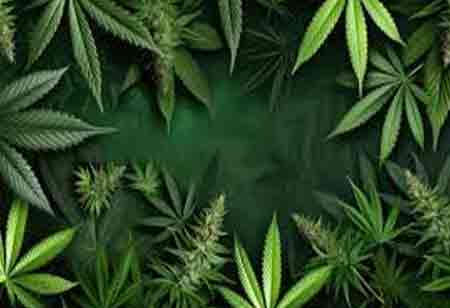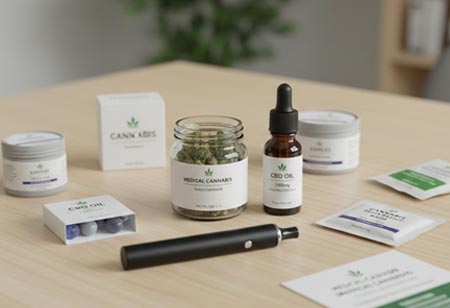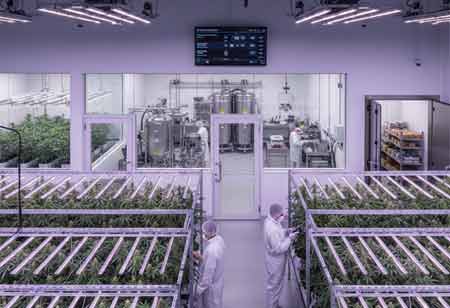Thank you for Subscribing to Cannabis Business Insights Weekly Brief
Promoting Quality Cannabis Products with Effective Cannabis Testing
Everywhere there is a legalized cannabis sector, quality control testing is a prerequisite.

By
Cannabis Business Insights | Monday, May 29, 2023
Stay ahead of the industry with exclusive feature stories on the top companies, expert insights and the latest news delivered straight to your inbox. Subscribe today.
A significant amount of quality control testing is associated with cannabis, as it is a highly regulated crop.
FREMONT, CA: Everywhere there is a legalized cannabis sector, quality control testing is a prerequisite. Testing shows that the statements on the label are accurate and that items are free from contamination and safe for human consumption. A quality control sample's potency is typically obtained by testing its phytochemical profile (cannabinoids and terpenes), residual solvents, heavy metals, pesticides, mycotoxins, and foreign elements. Because of these factors, quality control often entails several independent tests. There are variances, of course, depending on the market. Most of the time, produced samples are tested by third-party recognized laboratories batch by batch. To do this, laboratories employ standard methods, including solid-phase extraction and high-performance liquid chromatography (HPLC).
Third-party accredited laboratories analyze, most of the time, manufactured sample batches. High-performance liquid chromatography (HPLC), solid phase extraction, and other common techniques are used in laboratories.
Preventing health complications: Cannabis is subject to much more quality control testing than other crops since it is a crop that is heavily controlled. Despite being a part of our everyday diet, cannabis is more thoroughly examined than fruits, vegetables, and other consumer items. The USDA and FDA simply conduct spot testing rather than inspecting each batch of grapes or each field of corn. For instance, the Environmental Working Group claims that broccoli and cauliflower have yet to undergo recent pesticide testing. Aside from pesticides, there is no systematic testing for harmful infections like E. Coli and Listeria that originate at the farm or packaging factory on fruits and vegetables. More than 2.2 million people fall sick each year from tainted leafy greens, according to The Wall Street Journal.
Quality control: Every indoor grower has a tale about their struggles to overcome while battling bacteria in the grow space. Even the cleanest facilities struggle to prevent the spread of these infections, and sanitation and sterilization procedures are among the biggest obstacles. Growers take considerable measures to stop the spread of germs and fungus spores within their facilities. This involves keeping clones in quarantine, switching out PPE between rooms, and thoroughly cleaning the space between harvests. Despite this, germs exist since humans are inherently flawed and cleanliness is frequently hurried. This leads to the harvest becoming contaminated with molds and yeasts, assuring failure during quality testing.
Reliability: Cannabis is a plant that struggles with consistency throughout its existence. Even if the genetics are the same, minute changes in the growing environment will result in variations in the flowers' size, concentration, and terpene profile. Differences in the final profile may also result from the drying environment. For compliance (particularly among CBD makers), labeling requirements for consumer packaged goods, and the precision of budget projections, it's imperative to have consistent phytochemical profiles.






